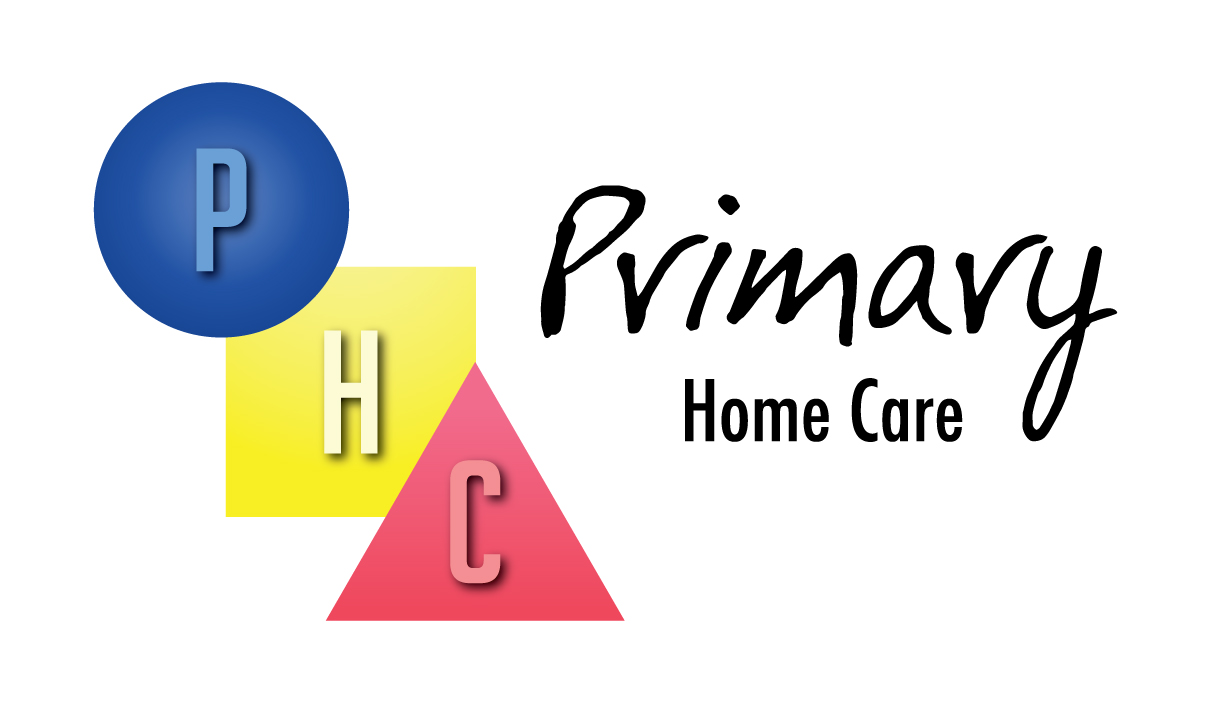 Aging, whether applied to a person, or anything else in this world, is the process of changing over time. As human beings, we measure our “age” in years as they pass, commonly known as birthdays.
Aging, whether applied to a person, or anything else in this world, is the process of changing over time. As human beings, we measure our “age” in years as they pass, commonly known as birthdays.
Knowing, some of the signs of aging can be of great help to us as individuals, as part of a family, community and especially as caregivers who set out to assist people who are experiencing some of the signs of getting older.
A society, can often be judged by how it treats its elderly…we’ve all heard that. Over centuries, people have looked to their “elders” for advice, wisdom and insight on how to live.
Positive signs of aging often include: Wisdom, the knowledge you have accumulated over the years. This wisdom comes from personal experience and book learning or education.
Negative signs of aging often include: A slowing of processes, whether it be mental decline, or a physical breakdown of a system, this can prevent you from moving or accomplishing a goal at the speed you once would have as a younger person.
Where it seems today’s industrialized world, including the United States, worships youth and beauty on the outside. The true value of who we are lies within every person— young, old, beautiful, ugly etc. All, command RESPECT.
Respect is easier to dish out, if you know in advance what to expect. Then we are better prepared to accept the aging process as a part of life.
Research is continuing to prove that a healthy lifestyle may slow some of the effects of aging. Possibly with your help, you can “encourage” your client to make healthy choices, which we define as:
- A well-balanced, low fat diet.
- Physical exercise (even if limited) – research shows that exercise can make a difference.
- Maintaining a routine that includes social interaction with other people.
Over time, people also develop “stereotypes” and “notions” and “attitudes”. If a client’s lifestyle or behaviors is offensive to you, or you do not feel comfortable working for them, contact Primary Home Care for support.
This program will discuss:
- Common physical, mental, emotional and social changes that maybe problems for the elderly and those who care for them.
- Some ideas on what you can do as a caregiver to lessen the impact of the problems of aging.
Physical signs of aging may include:
- Need for help with mobility (walking, moving about)
- Need for help properly meeting personal needs—bed/bath
What might help:
- If they had a walker, cane, or wheelchair from a healthcare provider.
- Some rehabilitation therapy, if your client’s reduced physical abilities are due to a minor stroke, or ailment.
Be aware of physical changes, possibly an aching tooth, or a lingering headache….problems that should be addressed before they become severe.
Be alert for problems or things that seem out of the ordinary. Ask about bruises, cuts or bumps.
Elderly people can often be the victims of verbal, physical, or financial abuse. If you suspect ANY type of abuse, call the Department of Human Services (welfare/social service) or ask Primary Home Care to call on your client’s behalf.
Mental signs of aging may include:
- A common forgetfulness
- Depressed or anxious feelings
- Possibly the more serious problems-sleeping all the time or not at the usual times.
- Hiding things, or becoming paranoid or fearful.
Before you write off forgetfulness, depression or other mental issues as normal aging, be aware that they may be:
- Side effects of medications
- Symptoms of a mini-stroke, or other event known to disrupt routine mental abilities.
- The result of a fall, or bumped head.
Remember: Mental changes, or problems are sometimes related to illness, or ailment.
What else might help:
- Rule out major illness-cancer, heart disease, stroke all affect a person’s outlook and abilities.
- If disease is a factor, a client doctor may seek ways to minimize the mental effects.
Depression, or feeling sad and having a depressed attitude may simply be due to a season of the year—i.e. sunlight deprivation in winter, or:
- Missing a friend or family member.
- Loss of independence, such as no longer being able to drive, or get around without help.
- Feeling lonely, alone, or forgotten.
Normal “down times” are one thing, but if symptoms persist, they may need to contact their physician.
What might help–Entertainment to pass the time
- a new jigsaw puzzle
- book or magazine, (large print if needed)
- Project—making cookies, clipping coupons, doing a craft.
- An event, or outing to plan for and look forward too, example going to a restaurant, or to a special store, movie, or to visit friends.
What might help:
- Talk about things. By discussing our fears, problems can become less of a burden, and gives the caregiver a way to frame the problem.
- Listen: sometimes all we need is someone to hear our story. If the same story is repeated over the course of a day, dwelt upon, or consumes the individual’s very being find a distraction, or you may suggest they call a physcian.
- Be empathetic, this simply means try to relate or understand what the client is telling you.
Emotional changes, might include mood swings, bemoaning certain things, wishing for or against some circumstance well beyond human control, etc.
Keep in mind,
- This may be related to a mental condition
- May be the result of loneliness.
- This may simply be part of the normal grieving process. It often helps to talk about those we’ve lost or miss whether through death, or other causes.
What may help: Listening, sympathizing, asking and reminiscing. If problems like crying-for no apparent reason, or serious anxiety exist, seek assistance from a healthcare provider.
The realization that you “aren’t” what you once were is sobering. While we don’t expect elderly persons to engage in activities at the level they may have in the past, it doesn’t mean they can’t still enjoy a hobby or pastime. Signs of “social aging” include:
- no interest in activities that once were quite important, or necessary to a person
- changes in personality-lack of desire
- Disconnect, or dis-association with friends or family
What might help:
- LOCATE A SENIOR OR COMMUNITY CENTER THAT OFFERS ACTIVITIES AND SOCIAL OPPORTUNITIES!
- Have family and friends call on our elderly client regularly.
- Find a friend, or neighbor to stop by for a brief visit occasionally.
- Locate an adult daycare in your community that provides a supportive, environment.
Tips for interacting with elderly clients:
- Meet your client at their eye level. If they are sitting, take a seat facing them.
- Don’t argue! Sometimes elderly people feel they’ve lost control, give them the advantage. The world won’t stop if your client decides against taking a bath, doesn’t feel like doing an assigned activity or has a desire to do something not on the day’s agenda. *make note however that constant battles may be a sign of a dementia condition.
- Never assume your client has a hearing or vision impairment. It’s amazing how many times a person doesn’t hear a word you say, but then can “eavesdrop” on a conversation a room away.
- A picture is still worth a 1,000 words. If you are having difficulty communicating, or your client is having a hard time finding the right words—pick up the object, smile, point, gesture and use sign language to solve the problem.
Aging is-change that happens over time…it’s effects are different for every person.
Think of your job as being available to help the client “adjust” to their abilities. Remember that everyone wants to be needed, enlist your client’s help by having them assist you in your work on their behalf.
Examples: sorting, planning meals and schedules, suggesting, ask their opinions etc.
Keeping our patience with challenging clients is sometimes easier if we remember that we’re all going the same direction, getting older each day.
Take Test – What is Aging
Check your answers
Be sure to sign and date the test sheet.
This completes the lesson for this for What is Aging.



